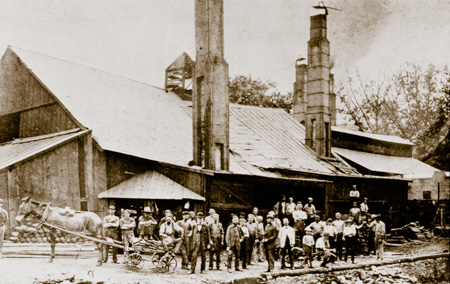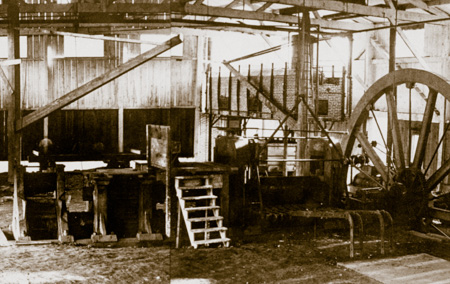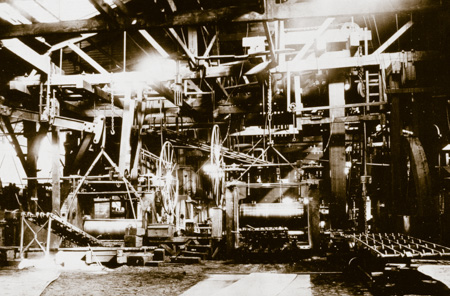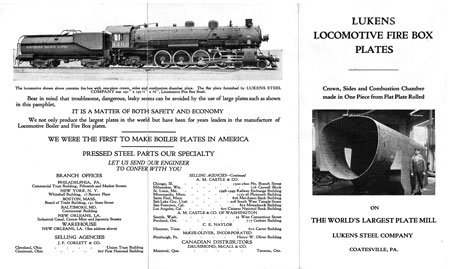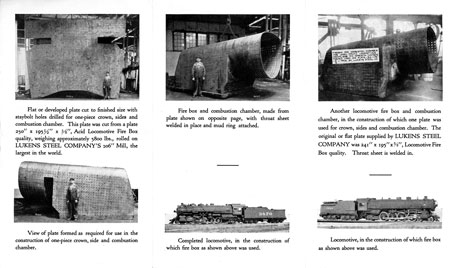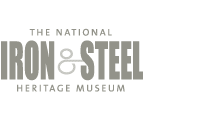The success of Lukens in its early days was propelled in part by the coming of the railroad. In 1834, the east-west Philadelphia & Columbia Railroad was built through Coatesville, providing cheap and rapid transport of the mill’s products. Prior to the railroad, the mill relied on coal transported via the Susquehanna River and canal to Columbia, PA, and then via mule wagon to Coatesville- a costly and laborious process. Rebecca rebuilt the mill the same year, writing that “…I had built a very superior mill,though a plain one, and our character for making boiler plate stood first in the market, hence we had as much business as we could do.” A furnace was added in 1853 in addition to enlarging the rollers from 48-to-60 inches, allowing wider orders.
In the 1860s, Lukens (then known as Huston and Sons, after Dr. Charles Huston, Rebecca Lukens son-in-law) experienced rapid expansion in growth due to large orders related to the Civil War. The mill itself changed dramatically- updated last by Rebecca Lukens, the operation grew from a small mill using a water-powered overshot wheel fueled by the Brandywine River to a steam-powered, industrialized operation in 1870. Customers included railroad engine companies, builders of steamships, and other industrial operations such as Corliss and Baldwin Locomotive.
Likewise, the workforce grew alongside operational capacity. European immigrants filled the demand for increased labor to run the updated operation.Workers had many roles including trimming, melting.

